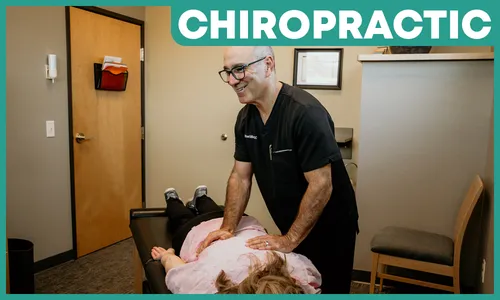Serving Central Minnesota
Since 1981
With Family Practice, Chiropractic, and Physical Therapy
Local & Family-Owned Clinic
Williams Integracare has been serving central Minnesota families since 1981. We offer a full range of family practice, chiropractic, and physical therapy care.
As an independently owned clinic, we are committed to providing the personalized experience of a small business with the top-quality care of a larger clinic.
Welcome Dr. Elsheikh, MD
Get to Know Integracare's General Surgeon
We’re excited to announce that General Surgeon Dr. Mohamed Elsheikh, MD, MPH, has joined the Integracare team. Dr. Elsheikh performs his procedures for Integracare patients at the St. Cloud Surgical Center.
His skills support Integracare’s family practice team by providing a dedicated and trusted resource for the procedures our patients most need – notably, colonoscopies.
With Dr. Elsheikh, Integracare patients will have a more streamlined process for scheduling colonoscopies and other procedures.
Latest Posts
Integracare Partners with the Minneapolis Heart Institute to Bring Echocardiogram Services to Patients
Integaracare is excited to have partnered with Allina Health Minneapolis Heart Institute to bring their mobile echocardiogram services to patients in our Sartell office.
How Can You Lower Your Risk of Alzheimer’s Disease?
Recent data from the Alzheimer’s Association reports that 1 in 9 people age 65 or older has Alzheimer’s. With the prevalence of Alzheimer’s increasing, many patients are curious about what they can do to lower their Alzheimer’s risk.
Prostate Cancer: What You Should Know
The American Cancer Society estimating 1 in 8 men will have prostate cancer in their lifetime, it is likely you know someone who has had prostate cancer.
MONTHLY EMAIL NEWSLETTER
Enter your email below to receive monthly updates from Integracare!




















